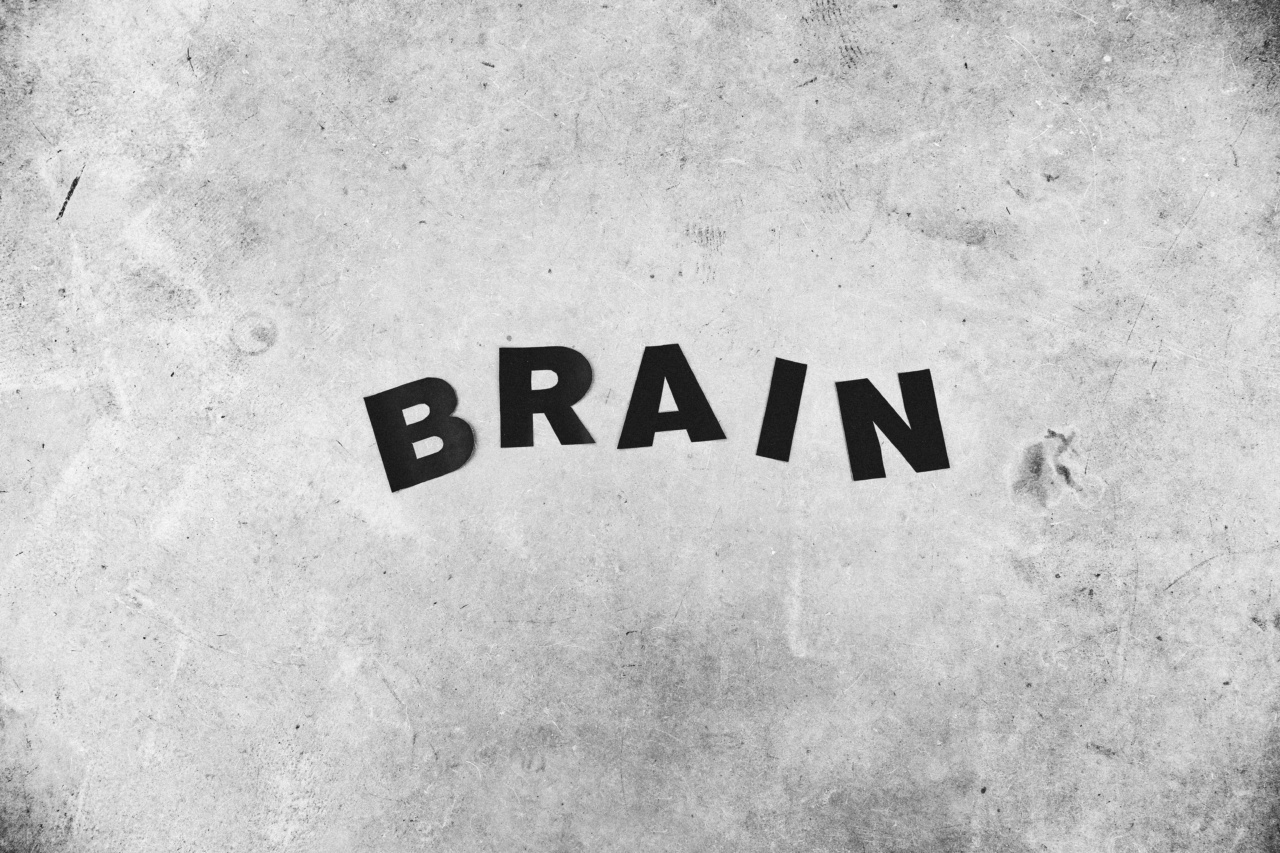Color blindness, also known as color vision deficiency, is a vision impairment that affects the perception of colors.
It is a condition that occurs when the light-sensitive cells in the retina, called cones, do not respond appropriately to certain colors. This deficiency can cause difficulties in distinguishing between colors, particularly green and red.
Understanding color blindness requires a grasp of the science behind it as well as the experiences of those who live with this condition. While words and descriptions can help convey information, sometimes visual aids can be even more effective.
In this article, we will explore color blindness through the use of gifs, which will provide a dynamic and interactive way of understanding this visual impairment.
How Color Vision Works
Before delving into color blindness, it is essential to have a basic understanding of how color vision works for individuals with normal color vision. The human eye contains three types of cone cells, each sensitive to different wavelengths of light.
These three types of cones are responsible for perceiving colors.
When light enters the eye, it is absorbed by these cones and converted into electrical signals. These signals are then transmitted to the brain via the optic nerve, where they are interpreted as specific colors.
This complex process enables individuals with normal color vision to perceive a wide spectrum of colors, ranging from red, green, and blue to all the hues in between.
The Types of Color Blindness
Color blindness can be categorized into several types, depending on the specific cones that are affected. The most common types of color blindness are:.
1. Protanomaly:
This type of color blindness is characterized by a reduced sensitivity to red light. Individuals with protanomaly may have difficulty distinguishing between shades of red and green.
2. Deuteranomaly:
Deuteranomaly is the most common type of color blindness. It affects the perception of green light. People with deuteranomaly may struggle to differentiate between red and green as well.
3. Tritanomaly:
Tritanomaly affects the perception of blue light. Those with tritanomaly might have trouble distinguishing between blue and yellow, and they may perceive blues as more greenish.
4. Monochromacy (Achromatopsia):
Monochromacy is an extremely rare type of color blindness in which the individual cannot perceive any colors at all. People with monochromacy only see shades of gray.
5. Dichromacy:
Dichromacy is a form of color blindness in which one of the three cones is completely missing. This type of color blindness often leads to difficulties in distinguishing between red and green or blue and yellow.
Gifs Illustrating Color Blindness
Now that we have a solid foundation of knowledge about color vision and the types of color blindness, let’s explore how gifs can help illustrate the experiences of individuals with color vision deficiencies.
1. Normal Color Vision
Let’s begin with a gif demonstrating how someone with normal color vision perceives the world.
As you can see, the vibrant colors blend seamlessly, allowing a full spectrum of hues to be perceived. The transitions between different shades and intensities of colors are smooth and natural.
2. Protanopia
Next, let’s take a look at a gif that simulates how someone with protanopia perceives colors.
In this gif, you can observe how the red and green colors appear muted or even indistinguishable. The typical vibrancy associated with these colors is lost, and individuals with protanopia might struggle to differentiate between red and green objects.
3. Deuteranopia
Now, let’s explore the color vision of someone with deuteranopia.
In this gif, the green color appears significantly desaturated, and it may be challenging to differentiate between red and green hues. The loss of sensitivity to green light affects the overall perception of colors in the environment.
4. Tritanopia
Moving on to tritanopia, let’s see how individuals with this condition perceive colors.
In this gif, you can observe that the blues appear greener, and it becomes difficult to distinguish between blue and yellow. Tritanopia causes a distortion in the perception of these particular colors.
5. Monochromacy
Lastly, let’s explore the gif representing monochromacy, where individuals see the world in shades of gray.
In this gif, you will notice that all colors are reduced to various shades of gray. The absence of color perception results in a grayscale world for those with monochromacy.
The Impact of Color Blindness
Color blindness can have a significant impact on various aspects of an individual’s life. Here are a few areas where color blindness can be particularly challenging:.
1. Daily Life
Color blindness can make simple everyday tasks more complicated. For example, choosing appropriate clothing that matches can be a challenge without the ability to discern certain color combinations.
Traffic lights, color-coded signs, and maps can also pose difficulties for individuals with color blindness.
2. Education and Professional Life
In educational settings, color-coded textbooks, graphs, and maps are frequently used. People with color blindness might struggle to comprehend the information accurately, which can affect their academic performance.
Similarly, certain professions, such as graphic design or electrical wiring, rely heavily on color differentiation. Color blindness may limit career choices for individuals in these fields.
3. Safety Concerns
Color blindness can be a safety concern, particularly when it comes to distinguishing between color-coded information related to safety measures or emergency situations.
For instance, reading warning signs, interpreting alerts on machinery, or identifying color-coded chemical labels accurately are crucial tasks for everyone’s well-being.
4. Emotional Impact
Living with color blindness can also have emotional implications. Some individuals may experience frustration, isolation, or even a sense of exclusion due to the inability to fully perceive certain colors or comprehend color-based social cues.
Support and Tools for Color Blindness
While color blindness cannot be cured or fully corrected, there are supportive measures and tools available to aid individuals with color vision deficiencies. Some options include:.
1. Color-Correcting Glasses
Special glasses that filter and enhance specific wavelengths of light can help individuals with certain types of color blindness differentiate between colors more effectively.
These glasses work by shifting the perception of colors closer to what individuals with normal color vision experience.
2. Color-Adapted Technology
Adaptive technology solutions, such as color-blind-friendly apps and software, can modify colors on screens or provide alternative color-coded representations to accommodate individuals with color blindness.
These tools can be particularly useful in educational and professional settings.
3. Color Vision Tests
Color vision tests, such as the Ishihara test, can help identify color vision deficiencies. These tests are often conducted during routine eye exams, allowing for early detection and possible accommodations for individuals with color blindness.
4. Color Accessibility Guidelines
Designers and developers can follow color accessibility guidelines to ensure that websites, applications, and other digital content can be easily navigated and understood by individuals with color blindness.
These guidelines promote the use of color combinations that provide sufficient contrast and alternative methods of conveying information without relying solely on color coding.
Conclusion
Color blindness is a visual impairment that affects millions of people worldwide. By understanding the types of color blindness and experiencing its effects through gifs, we can gain insights into the challenges faced by individuals with this condition.
While color blindness can pose obstacles in various aspects of life, supportive measures and adaptive technologies can aid in minimizing these difficulties and promoting inclusivity.


























